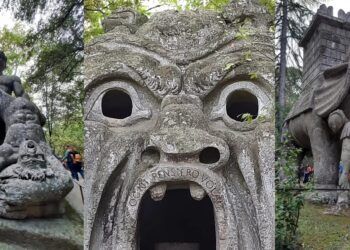The Castello della Rancia is an ancient fortress located near Tolentino, in the Marche region, Italy. This medieval castle is one of the most important historical sites in the region and represents a remarkable example of military architecture.
The Rancia Castle was built in the 14th century as a stronghold to defend the city of Tolentino. Its strategic position, on a hill overlooking the Chienti valley, ensured effective control of the communication routes and was a key lookout point.
The main features of the castle include strong walls, watchtowers, a walled enclosure and an internal courtyard. The castle underwent several modifications over the centuries, but its general structure and many of the original architectural elements are still visible.
Today, the Rancia Castle is open to the public and hosts various cultural events, exhibitions and shows. During the visit, it is possible to explore the internal rooms, which preserve frescoes, medieval weapons and other historical objects. Furthermore, it is possible to climb the towers of the castle to enjoy a panoramic view of the surrounding countryside.
How to visit the Rancia Castle?
To visit the Rancia Castle, you can reach Tolentino by car or public transport. The castle is located a short distance from the city centre, and is easily accessible. It is advisable to consult the castle’s opening hours in advance, as they may vary according to the season and current events. For more information, we advise you to visit the official website of the castle.
What is the recommended period for the visit?
As for the recommended periods to visit the Rancia Castle, it is open all year round, but it is advisable to avoid public holidays or periods of greater tourist influx, when it could be more crowded. During spring and autumn, temperatures are usually pleasant and you may enjoy a quieter visit.
In conclusion, the Castello della Rancia is a fascinating testimony of medieval history and architecture in the Marche region. Its striking location, imposing structure and internal displays make it a fascinating destination for visitors interested in the history and culture of the region.
Foto Luca Mengoni da GoogleMaps.










Discussion about this post